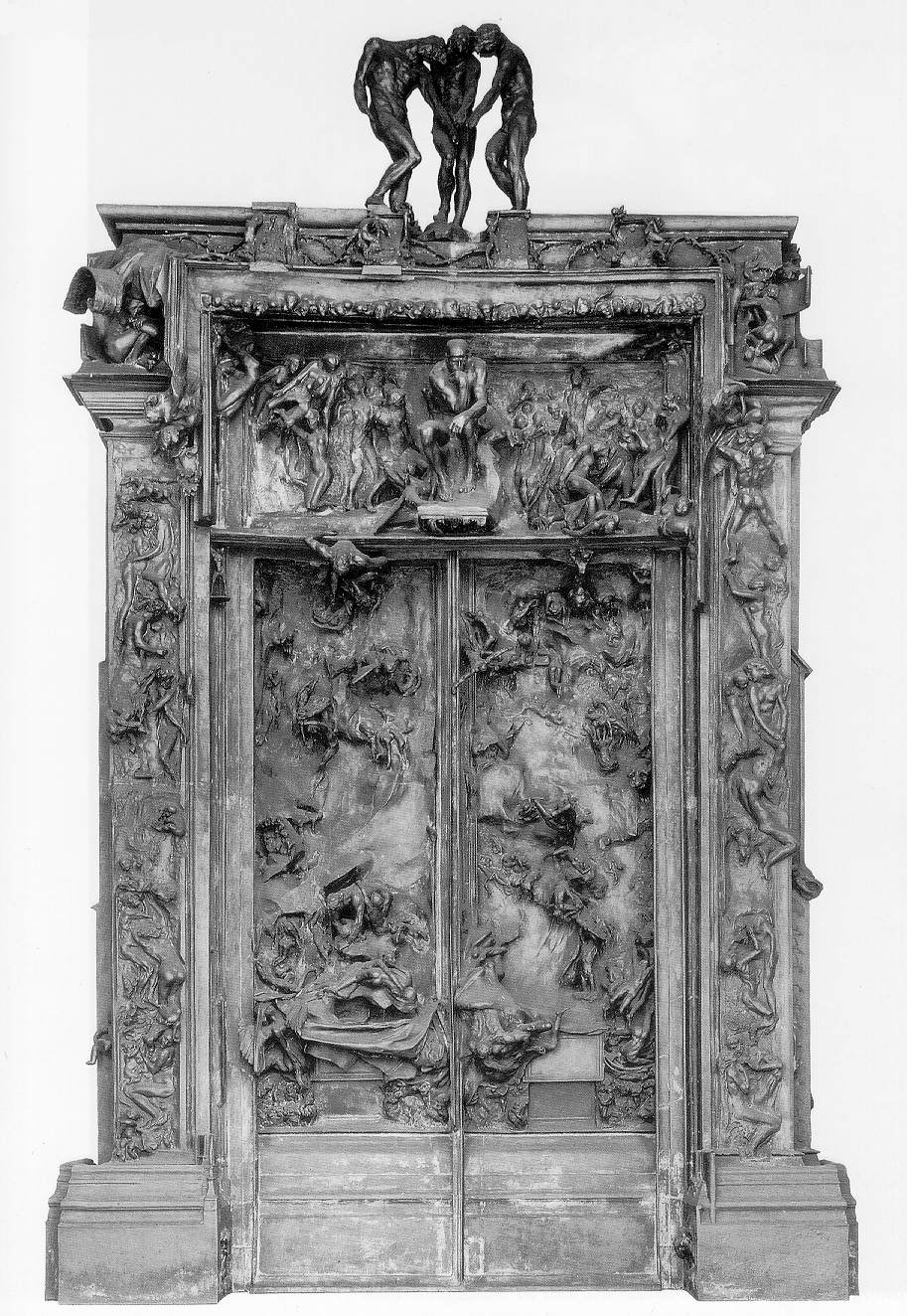.jpg) |
| Milan Cathedral, 1386-1965 |
Made in the Italian-Gothic image, construction on the Milan Cathedral began in 1386. Per the Gothic style, it was to originally be built with brick, but then brick was switched to marble. Hence what I said about the Italians having that need to make everything their own. Of course the unprecedented use of marble caused unprecedented difficulties, forcing the architects and builders to outsource. French and German architects poked and prodded at the new design, with the head architect switching from one to the next.
I'm not a huge architecture person. Besides the fact that I like my homes Tudor and my windows French, I have little to no knowledge of what an apse or a spire even is. Buildings don't speak to me the way paintings do, yet that didn't stop me from choosing this. Perhaps it was my deeply ingrained aversion to popularity that made me choose something other than a Duccio or Giotto that so many others in my class did, but I would like to believe it was a different and less stubborn reason.
My grandma always makes sure to tell me that people see the world in different way. She sees the world a certain, a very black and white way, because she is a doctor and that it just how she is. Conversely, she knows someone (an uncle, a distant friend... I forgot which) who is a gifted painter who sees the world in shades. When he looks at a tree he identifies all of the different shades of green in the leaves. Now, I don't see the world in shades or numbers like the Matrix, but I try to see the beauty in everything. Cliche as it may sound, my eyes lock on anything that I identify as aesthetically beautiful. I find beauty in architecture. That's just my perspective.
So, while I may not be an expert or able to make Gothic architecture interesting and controversial, I can tell you that the Milan cathedral is beautiful and completely Italian. The Italians saw the world in a different way than the Germans who built the Ulm Cathedral or the English that built the Salisbury. The Milan Cathedral perfectly displays, what I believe to be, the Italian artists best quality: to make something entirely their own. Essentially, what makes this cathedral so unique boils down to a matter of perspective.
















.jpg)


